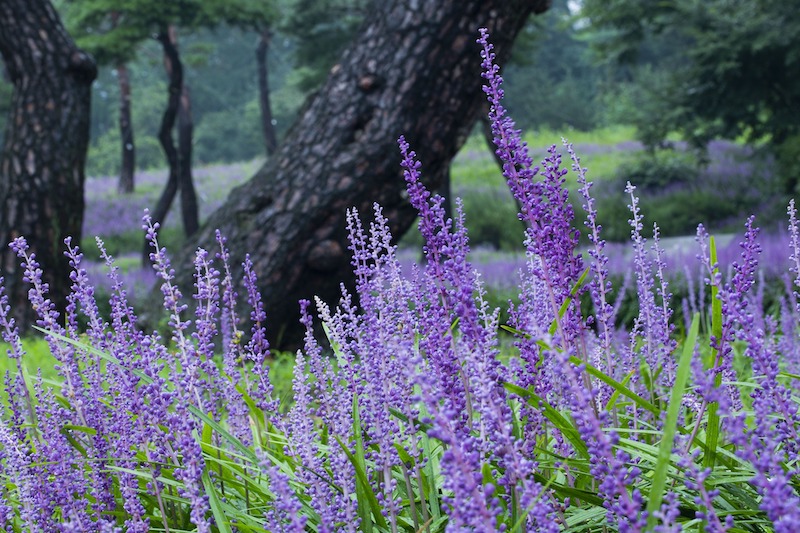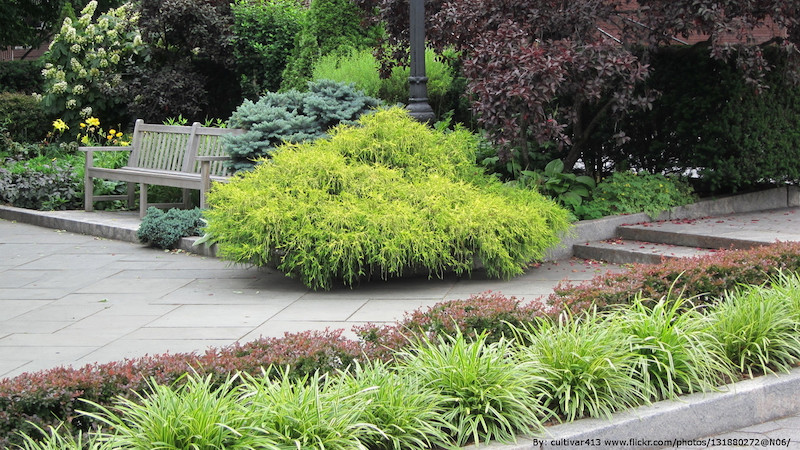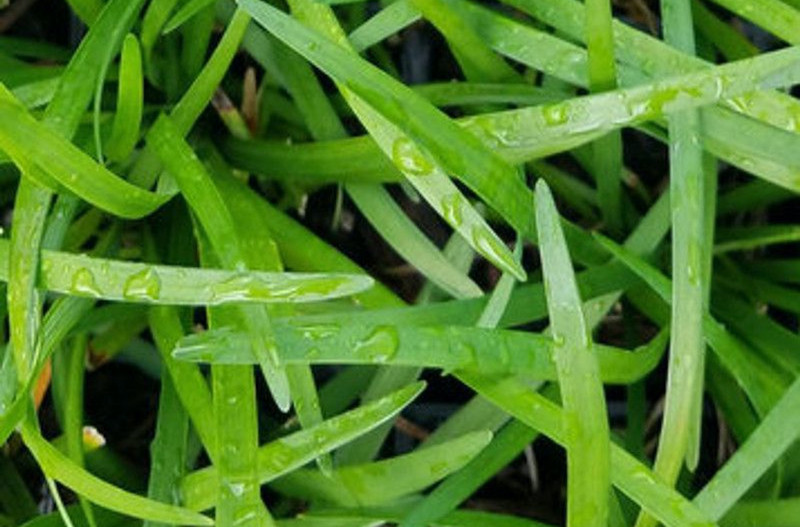Growing Liriope
Liriope Muscari, also known as Monkey Grass or Lilyturf, is a lovely grass-like groundcover that is capable of growing in tough locations such as dry shade near large tree roots. Liriope blooms in early autumn, sending out lovely lavender-colored flower shoots. After flowering, Liriope produces dark berries, which birds enjoy.

Liriope is frequently used to protect tree roots due to its spreading, clumping habit which fills any difficult-to-grow space easily. It is a perfect candidate to edge garden beds and walkways with a grass-like texture. Liriope is a no-fuss, beautifully textured, grass-like perennial and is especially recommended for beginning gardeners.
Planting Liriope
Liriope is a hard-working perennial requiring minimal care. Select a location in full to partial shade with well-draining soil. Different varieties of Liriope, especially the variegated types, will require more sun. It is not fussy about soil types or pH.

Propagating Liriope is easy via division, preferably done in the spring before it flowers. When dividing a clump, use a sharp spade to cut pieces off of the mother plant or separate the bulblet roots, referred to as plugs, by hand. Water well after planting, and press the soil down firmly to ensure there are no air pockets around the roots.
Watering Liriope
Water Liriope the first year after planting when the first few inches of soil become dry. After the first growing season, Liriope will have settled in and become relatively drought tolerant. For best performance, water it during long dry periods, as it prefers moist soil.

Fertilizing Liriope
Liriope isn’t fussy and doesn’t generally require additional fertilization; however, when initially planting Liriope, it will appreciate a hefty handful of organic matter mixed into the planting hole, such as garden compost. Once Liriope reaches maturity, you can apply a well-balanced fertilizer such as 10-10-10 formula in early spring to encourage healthy growth and spread.
Pruning Liriope
Leave foliage on throughout the winter months to protect the crown of the plant. Liriope is cold and frost tolerant, but extremely harsh winters may damage the foliage. Trim off any brown or damaged foliage and shape up the plant in early spring to keep Liriope looking its best.
Caring For Liriope in Pots
Liriope can easily be grown in pots, particularly some of the dwarf varieties. It is known to spread as a grass-like groundcover, so you may have to thin the plant every 2-3 years. Plant it in well-draining soil, mixed with a decent amount of organic matter such as garden compost. Be sure containers have ample drainage holes so moisture drains away from roots. Liriope is quite tolerant of many growing conditions including growing in full sun to full shade but will not do well sitting in soggy soil.
Winter Care for Liriope
Although Liriope is hardy in Zones 4-10 and can withstand temperatures as low as -30 degrees F, it will appreciate a few inches of organic mulch spread around its root zone to help insulate the roots from harsh winter weather.
 |
Author Chris Link - Published 03-16-2023 |
